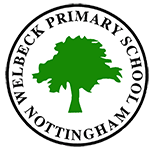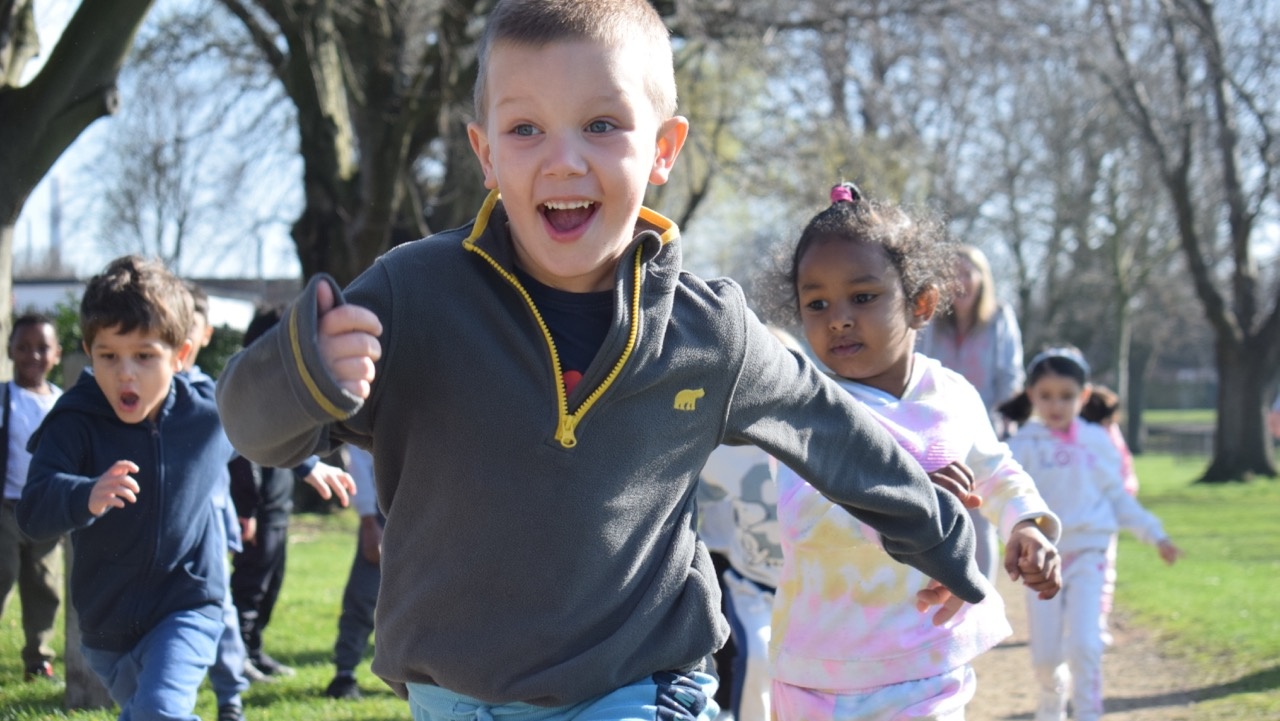Year 3
Children learn to:
Speak and listen for a wide range of purposes in different contexts
1. Speaking
- choose and prepare poems or stories for performance, identifying appropriate expression, tone, volume and use of voices and other sounds
- explain process or present information, ensuring items are clearly sequenced, relevant details are included and accounts ended effectively
- sustain conversation, explain or giving reasons for their views or choices
2. Listening and Responding
- follow up others’ points and show whether they agree or disagree in whole class-discussion
- identify the presentational features used to communicate the main points in a broadcast
- identify key sections of an informative broadcast, noting how the language used signals changes or transitions in focus
3. Group discussion and interaction
- use talk to organise roles and action
- Actively include and respond to all members of the group
- Use the language of possibility to investigate and reflect on feelings, behaviour or relationships
4. Drama
- present events and characters through dialogue to engage the interest of an audience
- use some drama strategies to explore stories or issues
- identify and discuss qualities of others’ performances, including gesture, action, costume
Read a wide range of texts on screen and on paper
5. Word reading skills and strategies
- read independently using phonics, including the full range of digraphs and trigraphs, to decode unknown words, and syntax, context and word structure when reading for meaning
- recognise a range of prefixes and suffixes and how they modify meaning
6. Understanding and interpreting texts
- identify and make notes of the main points of section(s) of text
- infer characters’ feelings in fiction and consequences in logical explanations
- identify how different texts are organised, including reference texts, magazines, leaflets, on paper and on screen
- explore how different texts appeal to readers using varied sentence structures and descriptive language
7. Engaging with and responding to texts
- share and compare reasons for reading preferences, extending range of books read
- empathise with characters and debate moral dilemmas portrayed in texts
- identify features that writers use to provoke readers’ reactions
Write a wide range of texts on paper and on screen
8. Creating and shaping texts
- make decisions about form and purpose, identify success criteria and use them to evaluate their writing
- use beginning, middle and end to write narratives in which events are sequenced logically and conflicts resolved
- write non-narrative texts using structures of different text types
- select and use a range of technical and descriptive vocabulary
- use layout, format, graphics, illustrations for different purposes
9. Text structure and organisation
- signal sequence, place and time to give coherence
- group related material into paragraphs
10. Sentence structure and punctuation
- show relationships of time, reason and cause, through subordination and connectives
- compose sentences using adjectives, verbs and nouns for precision, clarity and impact
- clarify meaning through the use of exclamation marks and speech marks
11. Word structure and spelling
- spell unfamiliar words using known conventions and rules and a range of strategies including phonemic, morphemic and etymological
- spell words containing short vowels, prefixes and suffixes and inflections, doubling the final consonant where necessary
12. Presentation
- write neatly and legibly with handwriting generally joined, consistent in size and spacing
- use keyboard skills to type, edit and redraft

